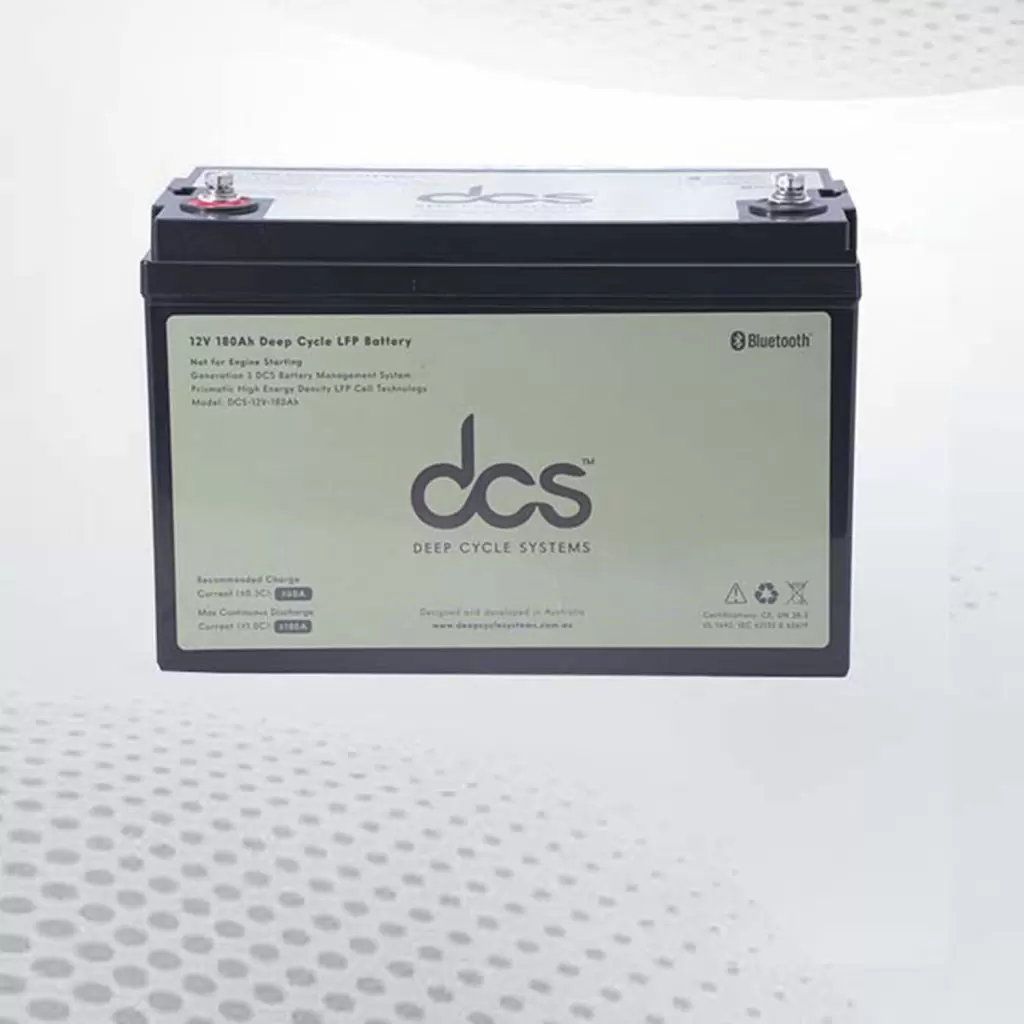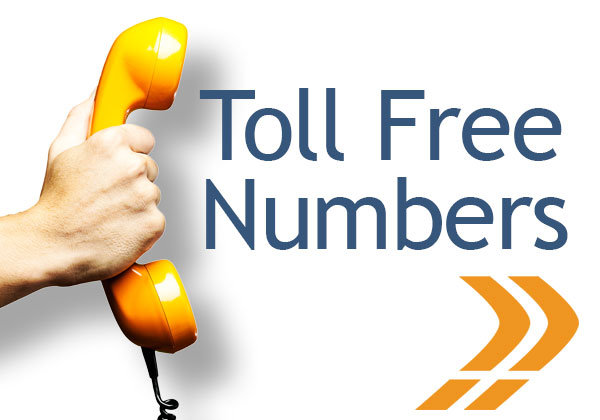Electric stoves are a staple in modern kitchens, providing a convenient and efficient way to cook meals. However, like any appliance, they can encounter issues over time. This article will guide you through the most common problems and provide tips on how to repair your electric stove. Whether you are a seasoned DIY enthusiast or a novice, this guide will help you understand and address electric stove repair.
Common Electric Stove Problems
1. Stove Not Heating
One of the most common issues with electric stoves is that the burners do not heat up. This problem can be caused by a faulty burner, a bad connection in the burner socket, or a defective switch. To diagnose the issue, follow these steps:
- Check the Burner: Swap the non-working burner with one that is functioning. If the new burner works, the problem is likely with the original burner.
- Inspect the Socket: If the burner swap does not solve the issue, check the burner socket. Look for signs of damage or wear. If the socket appears burnt or corroded, it may need to be replaced.
- Test the Switch: If both the burner and socket are in good condition, the issue may be with the switch. Use a multimeter to test the switch for continuity. If it is defective, replace it.
2. Burner Temperature Regulation Issues
If your burner gets too hot or does not reach the desired temperature, the problem could lie with the burner switch or the thermostat. Here’s how to address this issue:
- Switch Inspection: Check the burner switch for signs of damage or malfunction. Replace it if necessary.
- Thermostat Testing: Use a multimeter to test the thermostat. If it is not functioning correctly, replace it.
3. Stove Making Unusual Noises
Strange noises from your electric stove can be alarming. These noises often indicate a problem with the heating element or the electrical connections.
- Heating Element: Inspect the heating elements for any signs of damage or wear. Replace any faulty elements.
- Electrical Connections: Check all electrical connections to ensure they are secure. Loose or damaged connections can cause arcing and unusual noises.
4. Oven Not Heating
If the oven section of your electric stove is not heating, it could be due to a malfunctioning bake element, broil element, or temperature sensor.
- Bake and Broil Elements: Visually inspect both elements for signs of damage. Use a multimeter to test for continuity. Replace any defective elements.
- Temperature Sensor: Test the temperature sensor with a multimeter. If it is not providing accurate readings, replace it.
Safety Precautions
Before attempting any repairs on your electric stove, it is crucial to take safety precautions to avoid injury or further damage to the appliance.
- Unplug the Stove: Always disconnect the stove from the power source before beginning any repair work.
- Use Proper Tools: Ensure you have the correct tools for the job, including a multimeter, screwdriver, and replacement parts.
- Follow Manufacturer Guidelines: Refer to the stove’s manual for specific instructions and guidelines related to your model.
When to Call a Professional
While many electric stove issues can be resolved with basic troubleshooting and repairs, some problems may require the expertise of a professional technician. Consider calling a professional if:
- You are unsure of the problem: If you cannot identify the issue, it is best to consult a professional to avoid causing further damage.
- The repair involves complex electrical work: If the repair requires extensive electrical work, it is safer to have a qualified technician handle it.
- You are uncomfortable with DIY repairs: If you do not feel confident in your ability to safely and effectively repair the stove, seek professional assistance.
Maintenance Tips to Prevent Future Issues
Regular maintenance can help prevent many common electric stove problems. Here are some tips to keep your stove in good working condition:
- Clean Regularly: Keep the burners and oven clean to prevent buildup that can cause damage.
- Inspect Components: Periodically check the burners, sockets, and connections for signs of wear or damage.
- Avoid Overloading: Do not place heavy pots or pans on the burners, as this can cause them to bend or break.
Conclusion
Electric stove repair may seem daunting, but with a little knowledge and the right tools, you can tackle many common issues yourself. By following the steps outlined in this guide, you can troubleshoot and repair your electric stove, ensuring it continues to serve you well for years to come. Remember to prioritize safety and consult a professional if you encounter any complex or unfamiliar problems.




